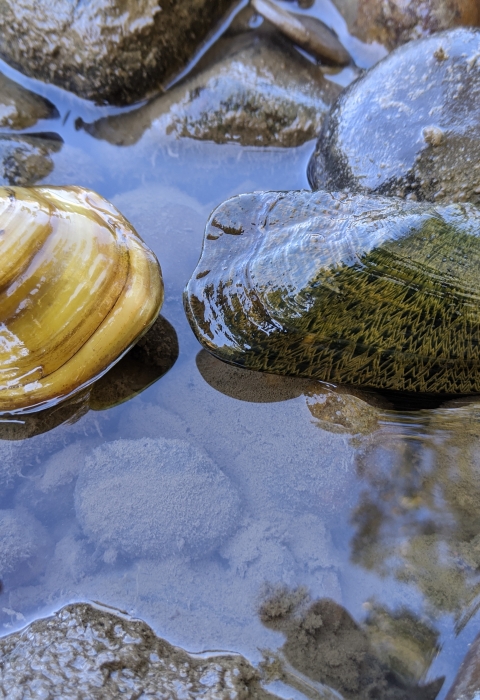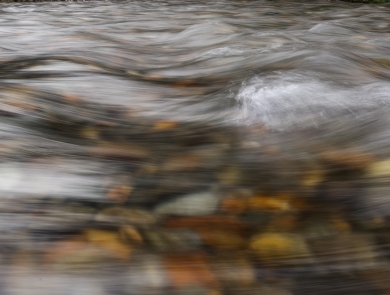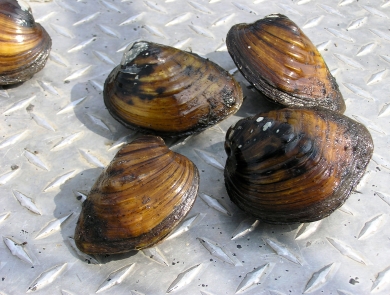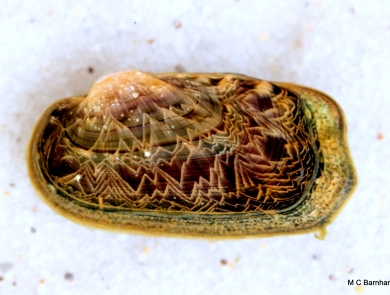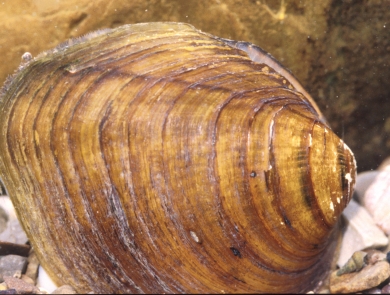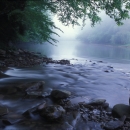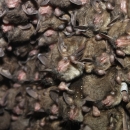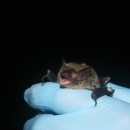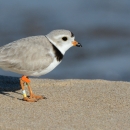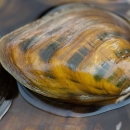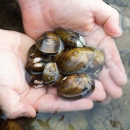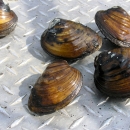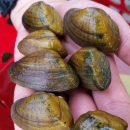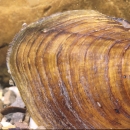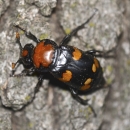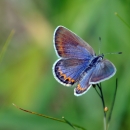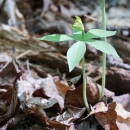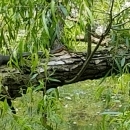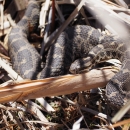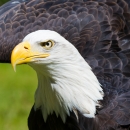The Ohio Ecological Services Field Office focuses on conserving endangered, threatened and rare species, migratory birds, inter-jurisdictional fish and their habitats in Ohio and ensuring compliance with federal wildlife laws such as the Endangered Species Act. Our strategy for conservation relies on engaging with partners, focusing on implementing conservation on the ground and reaching out to foster an appreciation of fish and wildlife and habitat among all Ohioans.
Our Organization
Our Species
Much of our work focuses on conserving the federally listed Indiana and northern long-eared bats, which occur throughout forested habitat in Ohio. Additionally, we strive to recover the many listed freshwater mussels that occur in Ohio’s streams. We also work with partners to monitor and manage listed plants.
